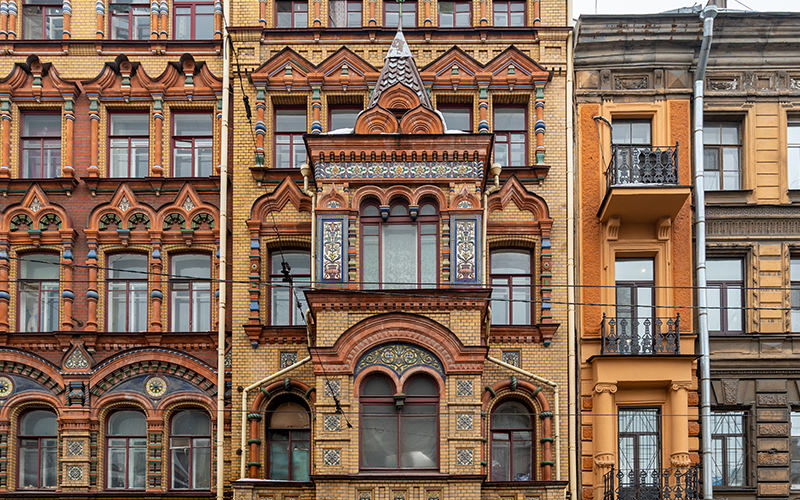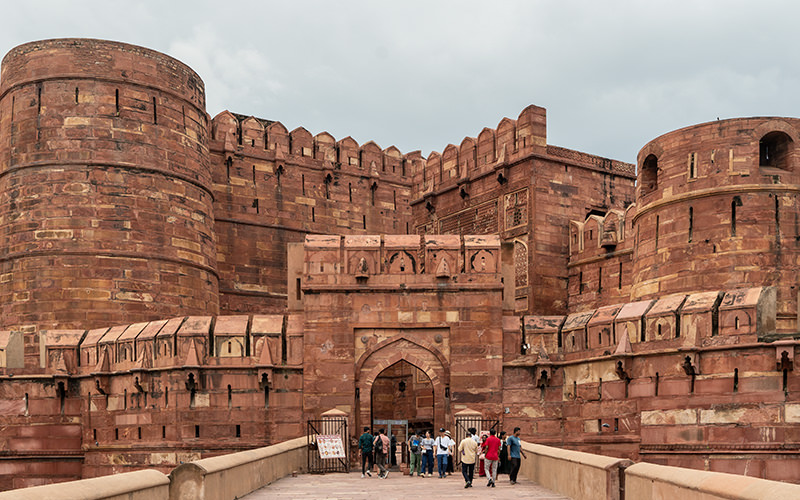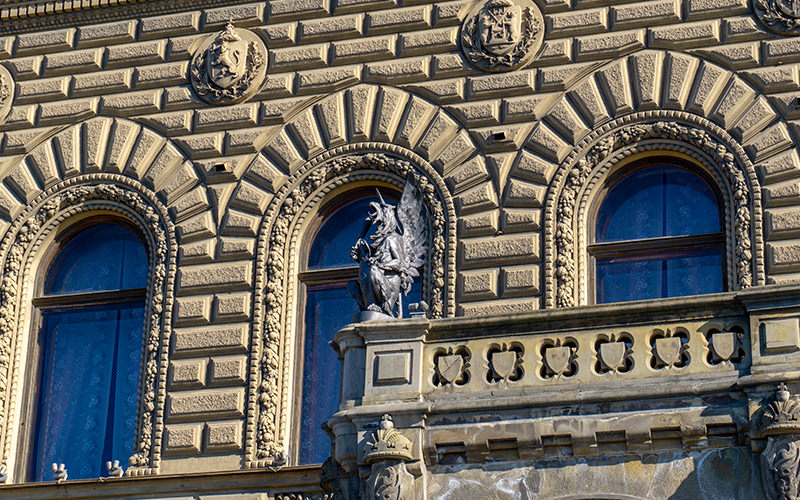In October of last year, I took a week-long trip to Seoul. One of the most common questions my friends and acquaintances asked afterward was whether traveling in the South Korean capital is expensive. I decided to provide a detailed answer and compiled all the cost information from my trip in this article.
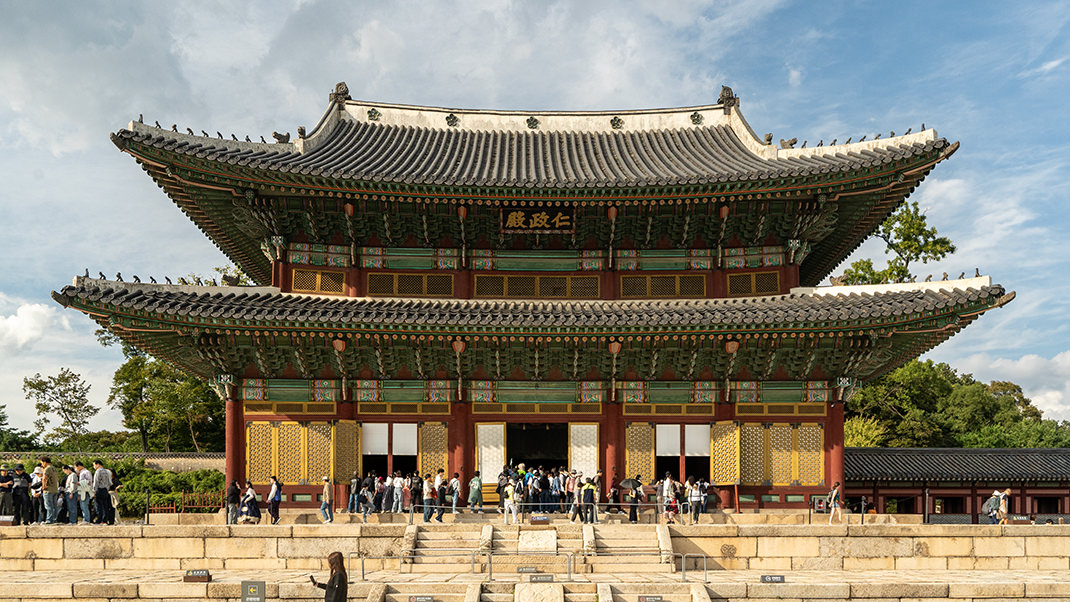
The local currency is the South Korean won. As of February 2025, 10,000 won is equivalent to $6.91. Before my trip, I read that not all places in Seoul accept card payments, but in reality, I didn’t encounter any restaurants or museums that didn’t take cards. The only exception was the subway—when I visited in the fall, it was only possible to top up a transit card with cash. I withdrew money from ATMs in subway stations and used it to pay for rides immediately.
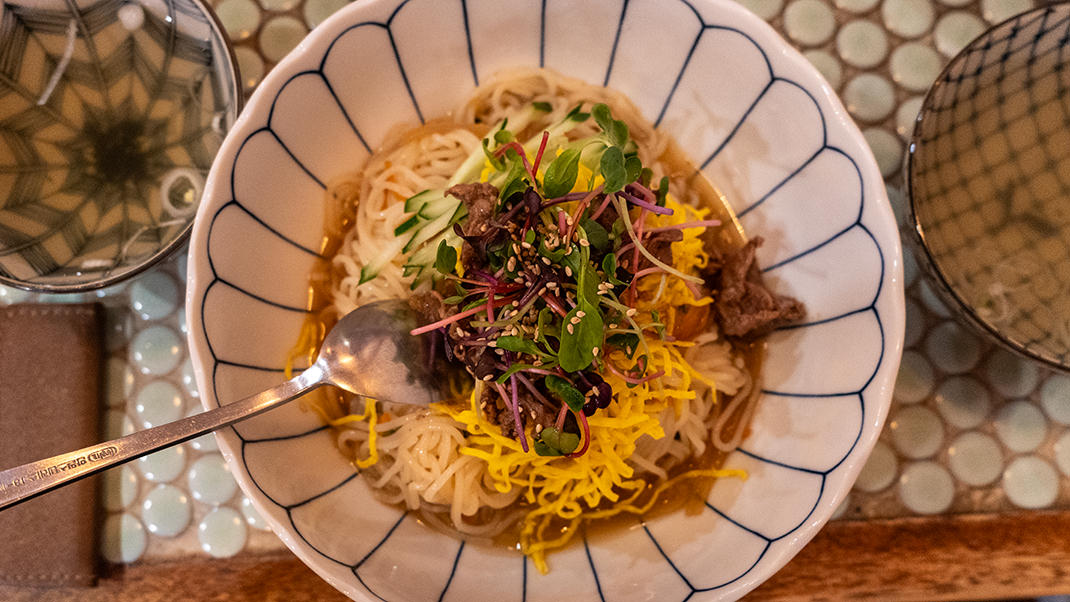
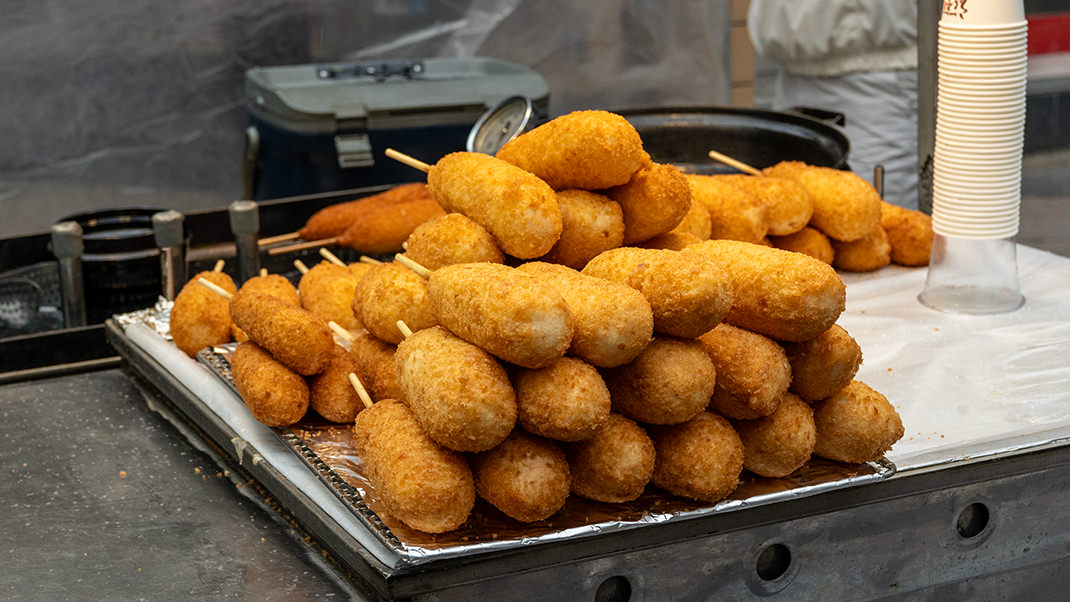
Flight, Accommodation, and Transportation in Seoul
I flew to Seoul from Tashkent on a direct flight, which cost $611 round trip per person.
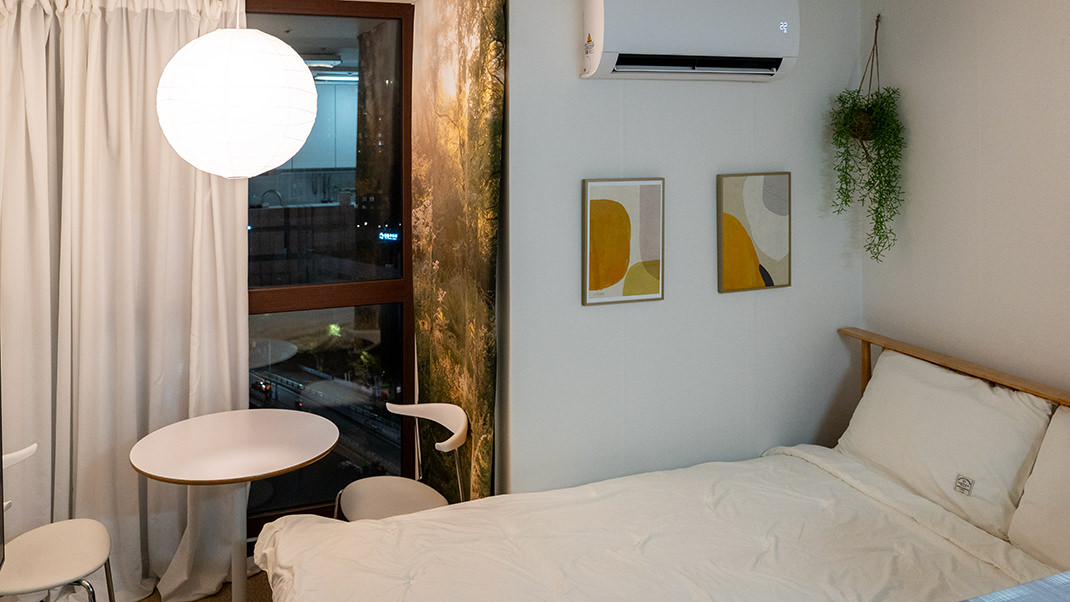
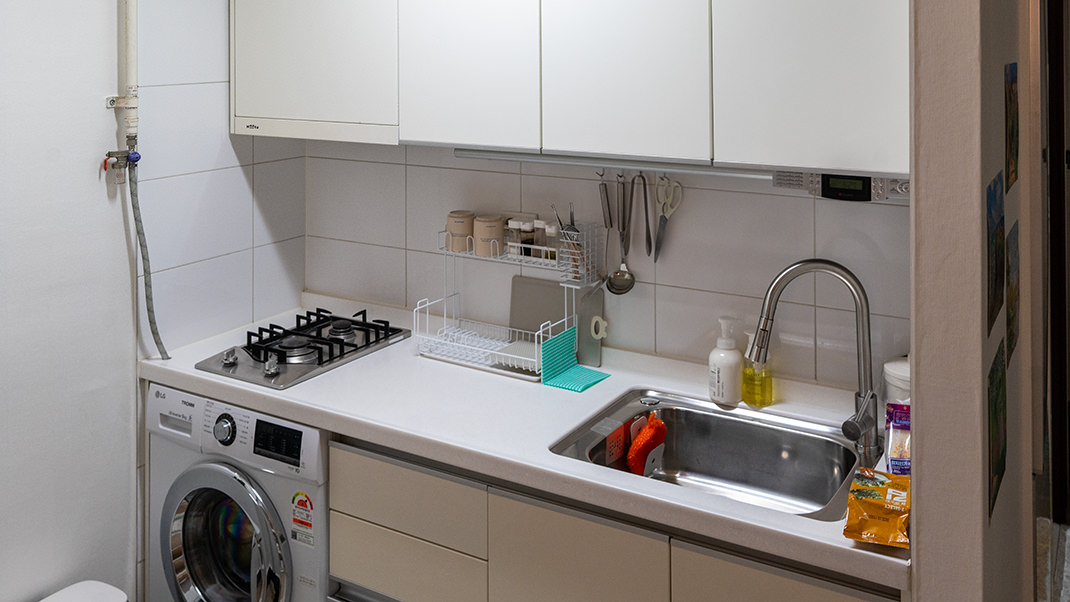
For accommodation, I chose an Airbnb apartment, which cost $563 for a week. The price was similar to a hotel room, but having a washing machine and dryer in the apartment was a big advantage for me—it made traveling much easier. Based on the listings on Airbnb, many apartments in Seoul are quite small, but they often look cozy.
I stayed a few subway stations away from the city center, so I exclusively used the metro to get around. The fare depends on the distance traveled. Upon entry, 1,400 won is deducted from the card, and if you travel a long distance, the remaining fare is deducted upon exit. I used a Tmoney card for transit, which costs 5,000 won.
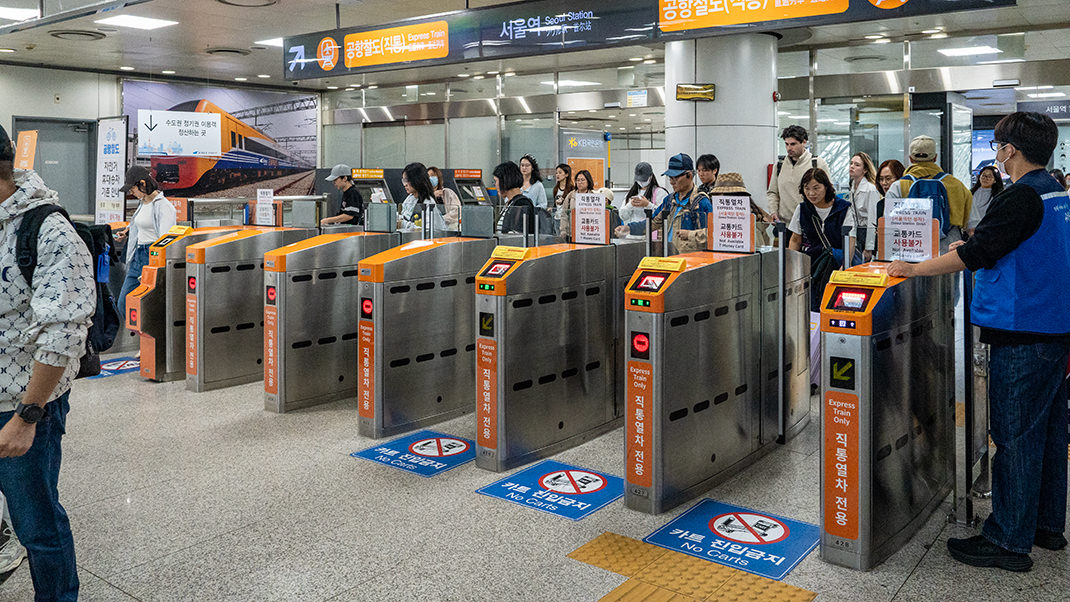
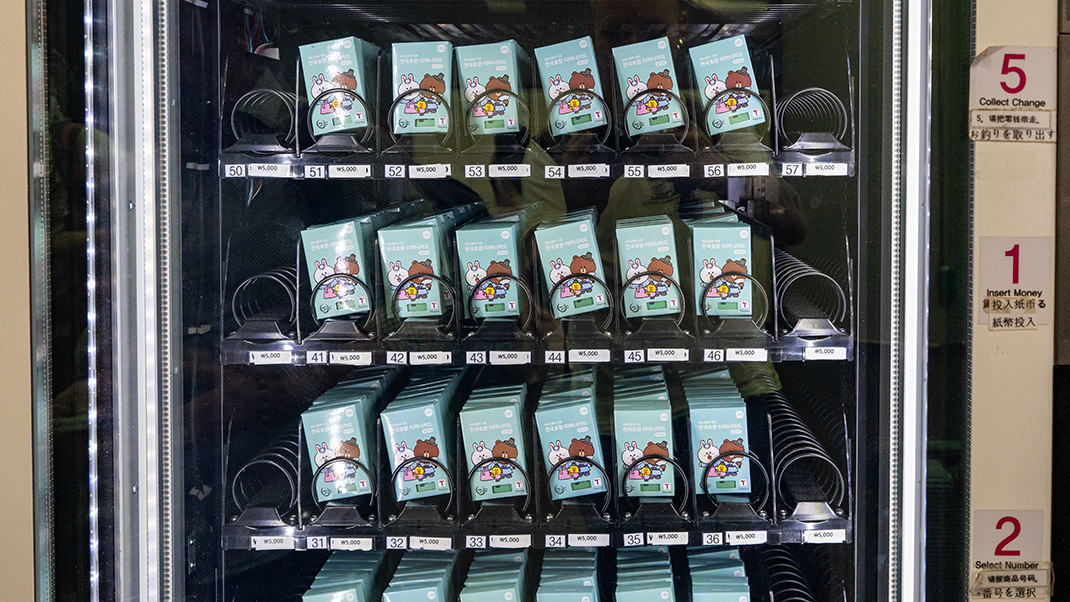
Another transportation expense was getting to and from the airport. I took the express train to Seoul, which cost 11,000 won. On the way back, I took the regular subway to the airport, and the trip cost 4,270 won.
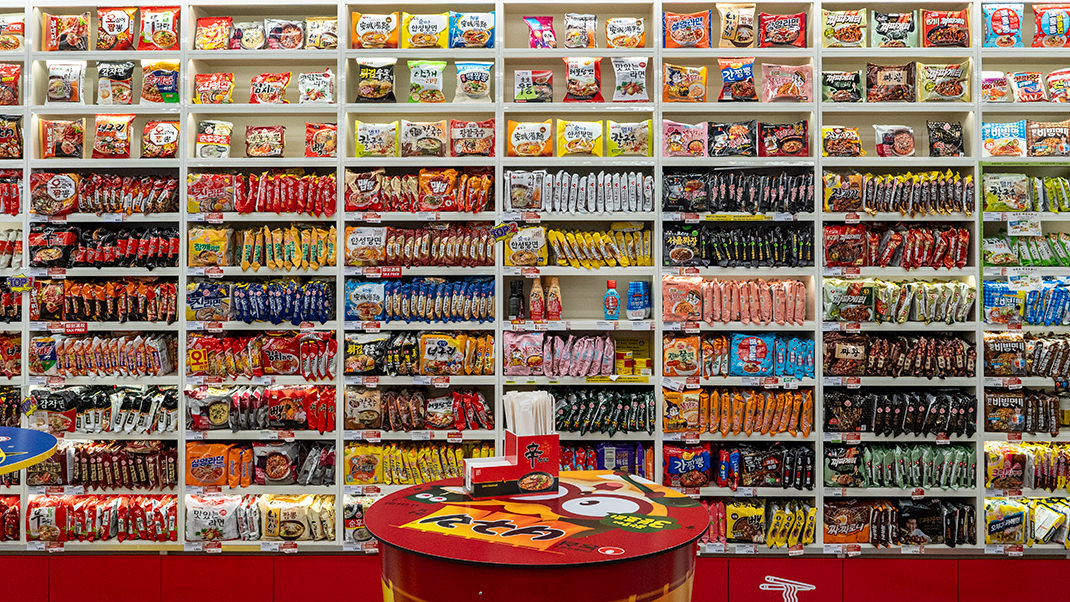
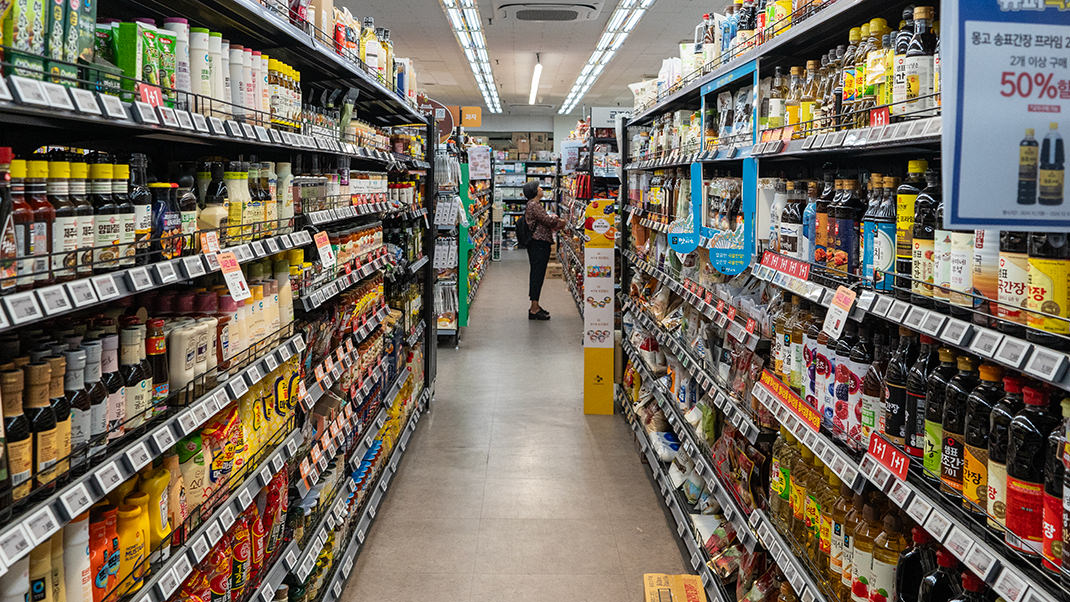
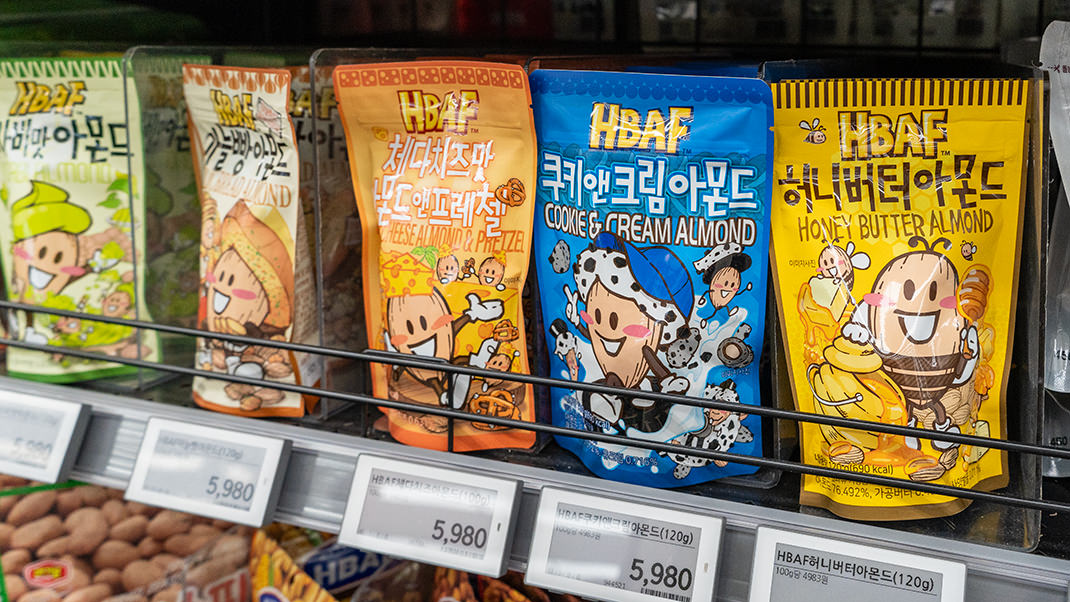
Food and Shopping
Like in other major cities, Seoul offers dining options for all budgets and tastes. The first meal I had was Korean noodles at a restaurant, which cost 10,000 won. The next morning, I had a burger with coffee at a chain café for 11,700 won. One evening, I dined at Ashley Queens Lotte Mall Eunpyeong Branch, where you can choose any dishes at a fixed price. The cost was 25,900 won.
Most restaurants in Seoul provide free side dishes and drinking water to guests.
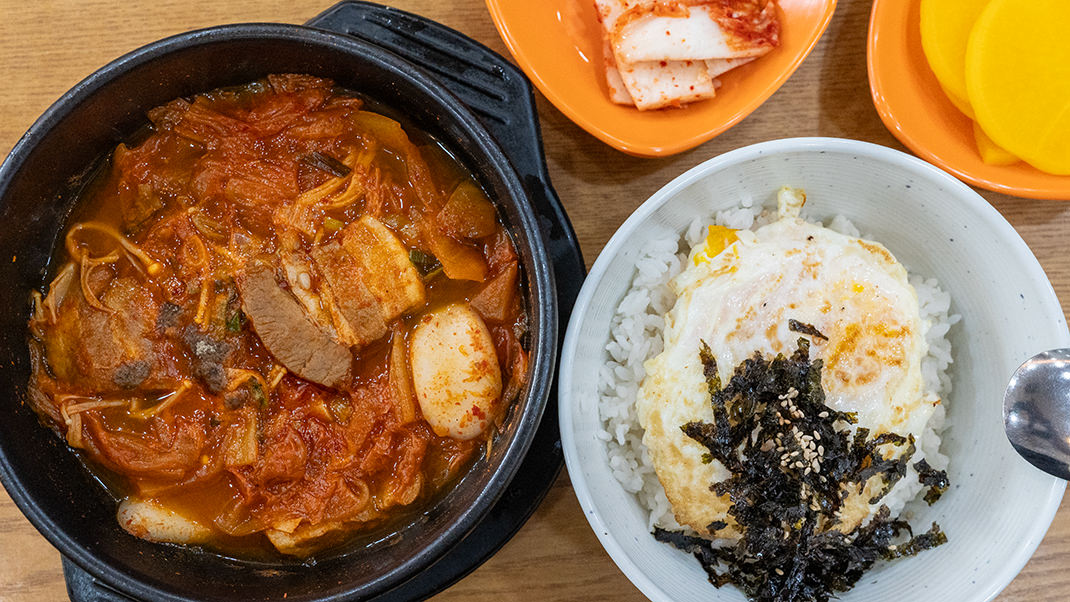
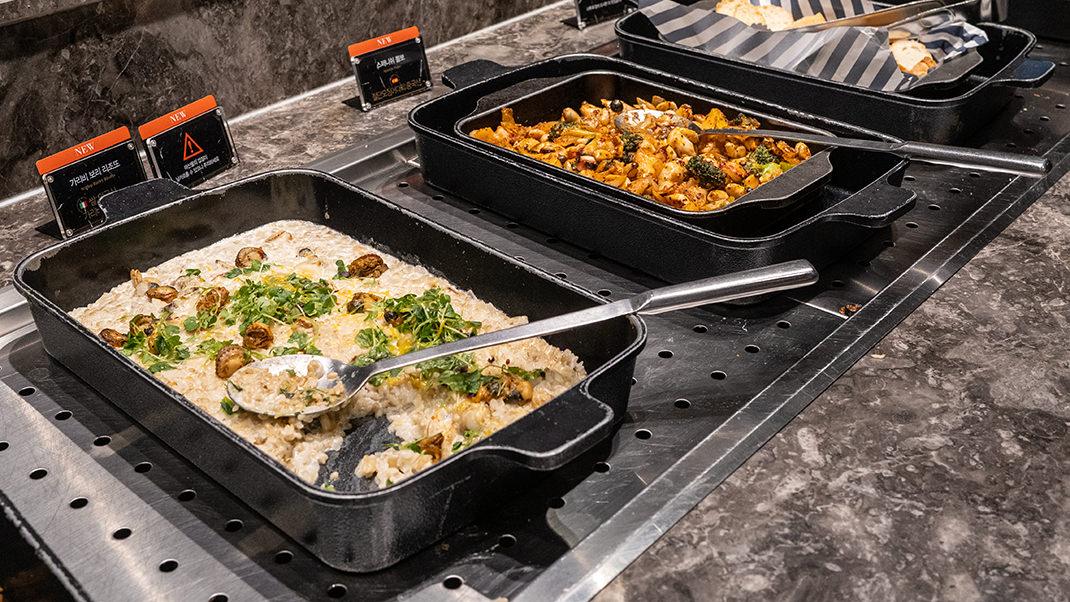
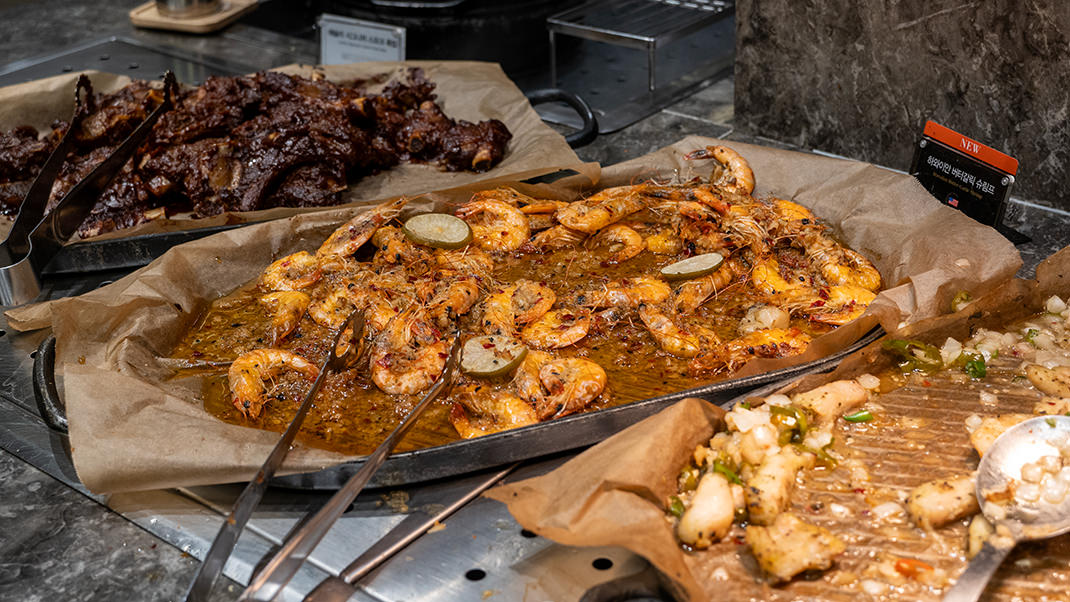
Grocery store prices, like restaurant prices, vary widely. For example, I bought three packs of instant ramen as souvenirs for friends, which cost 5,500 won. A 60-gram pack of dried chicken breast was 4,480 won. Seoul also has 7-Eleven convenience stores, which may be familiar to travelers who have visited other Asian countries.
Below, I’ll add a few photos of store shelves from E-mart, a major retail chain in Seoul.
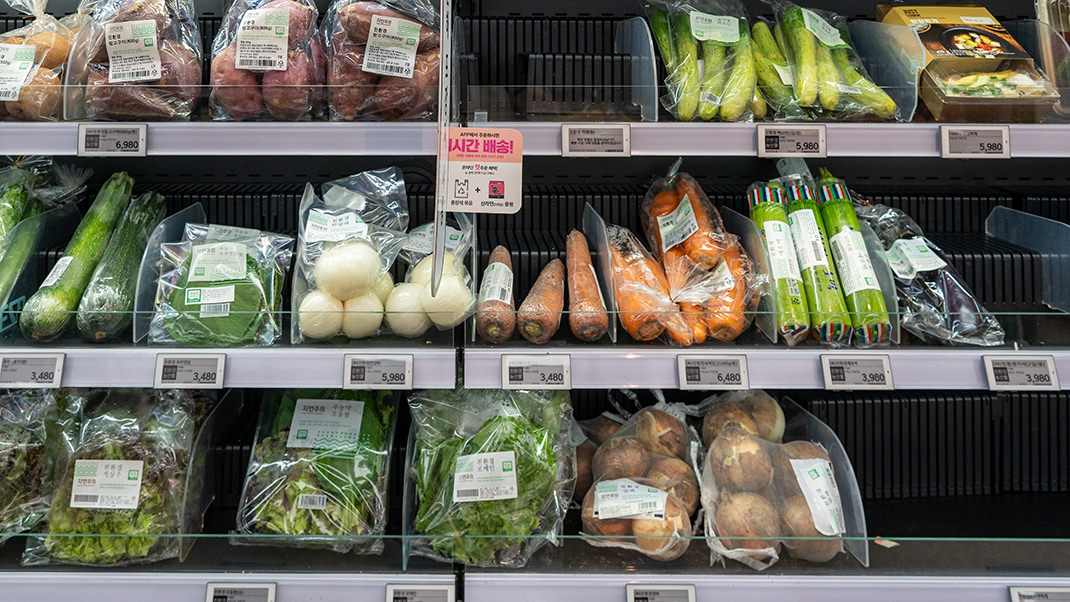
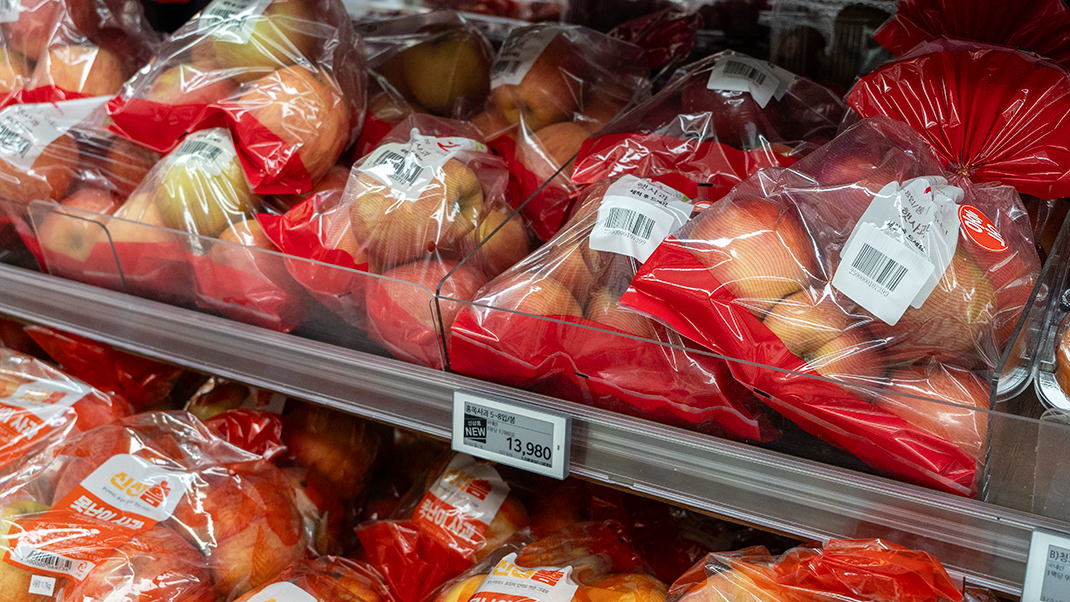
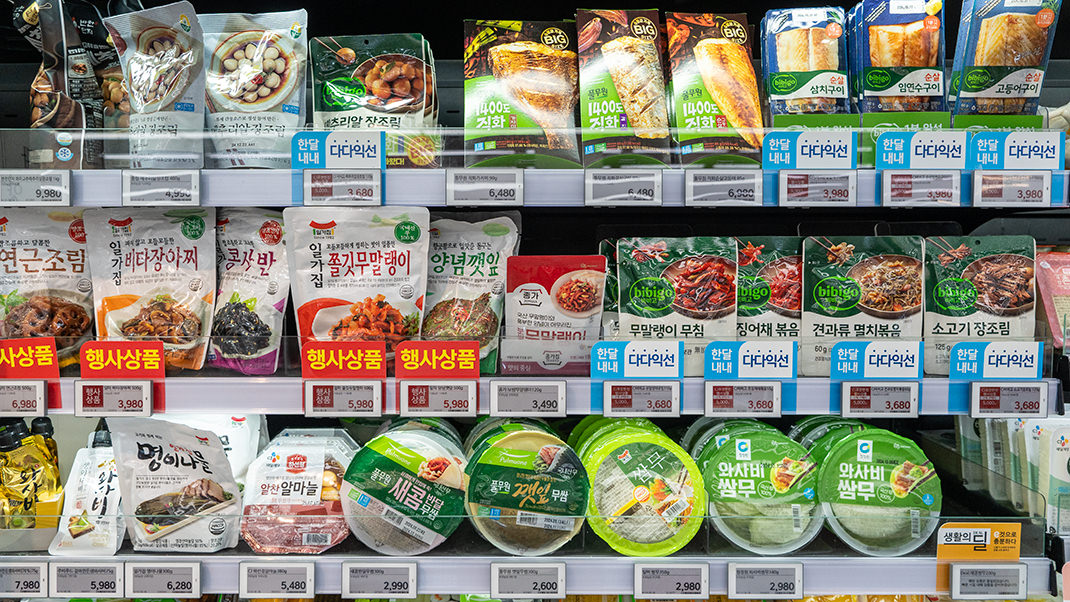
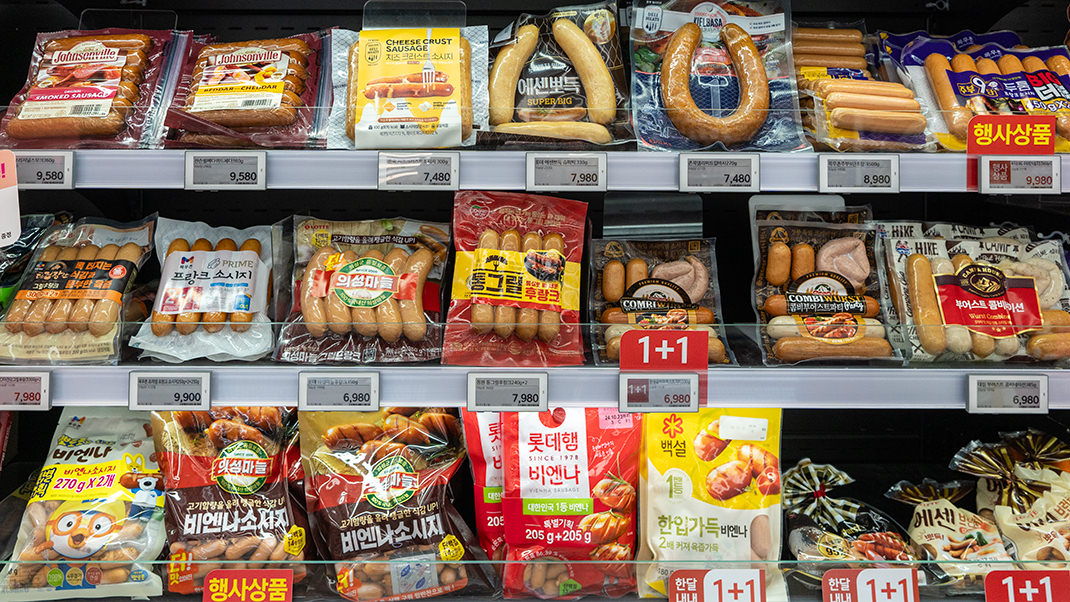
Attractions and Entertainment
One of the smallest expenses on my trip was visiting Seoul’s attractions. Having lived in Istanbul, I got used to museums and palaces being quite expensive, but it turned out that sightseeing in South Korea is much more affordable.
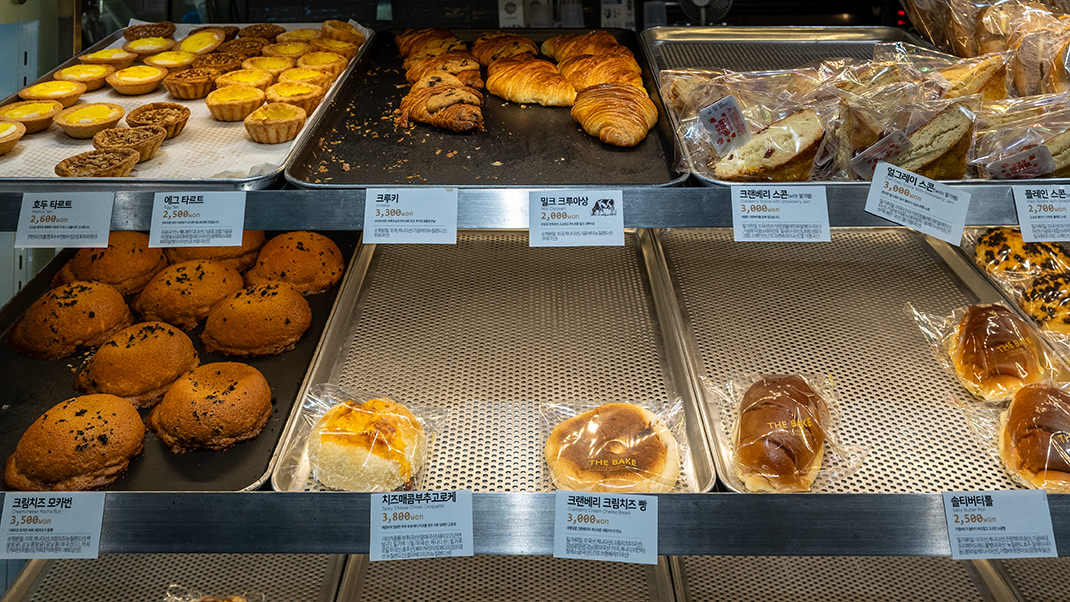
My first stop was Gyeongbokgung Palace, located in the heart of Seoul. Entry cost 3,000 won. The admission prices for other notable sites in the city were as follows: Deoksugung Palace – 1,000 won; Changdeokgung Palace, Changgyeonggung Palace, and Jongmyo Shrine – 5,000 won; Dongdaemun Design Plaza – 20,000 won. A major plus was that the city has many free attractions. I wrote about all the places I managed to visit in Seoul in a separate overview article.
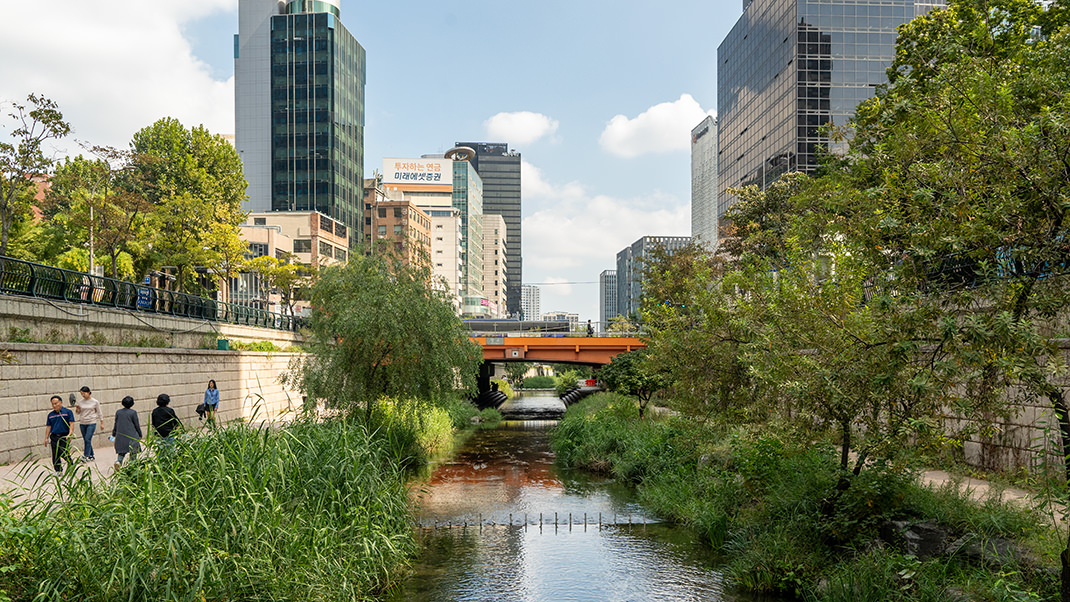
I hope this article helps travelers planning a trip to the South Korean capital. In my next piece, I’ll share my experience visiting Bukchon Hanok Village.
Have a nice trip!
Seoul: One-Week Trip Budget for One Person (October 2024):
- K-ETA (entry permit) – around $7;
- Round-trip flight from Tashkent – $611;
- Airbnb apartment – $563;
- Metro and airport express train fares – around $34;
- Food – around $270;
- Attractions – around $20.
- Total: approximately $1,500.


